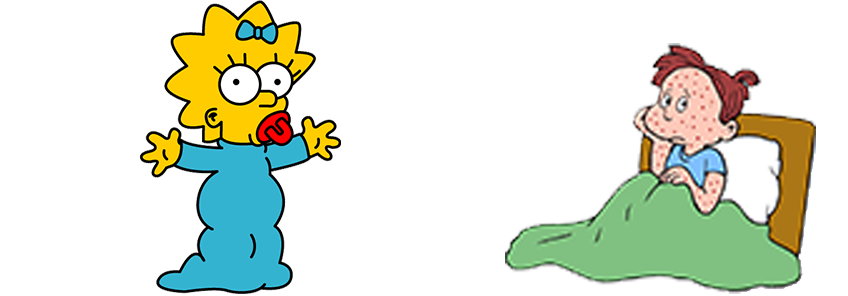Jaundice

- Malaria;
- Hereditary disease of red blood cell: Sickle cell anaemia, Thalassemia, Hereditary spherocytosis;
- Drugs such as Dapsone, Primaquine especially in patients who lack a certain enzyme (G6PD);
- Pre-eclampsia – a pregnancy related complication.
- Acute viral hepatitis (A and E, sometimes B);
- Chronic viral hepatitis (B and C);
- Alcoholic liver disease;
- Cirrhosis of liver;
- Drug toxicity: Overdose of paracetamol or several other medications;
- Pregnancy related – intrahepatic cholestasis of pregnancy, acute fatty liver;
- Leptospirosis, a bacterial infection spread by rats;
- Primary biliary cirrhosis – A rare condition in which your liver is progressively damaged;
- Liver cancer;
- Autoimmune hepatitis, a rare condition in which your own immune system attacks your liver.
- Gallstones that block bile excretion;
- Tumors in and around bile duct;
- Diseases of the pancreas including cancer;
- Rare, but roundworm (Ascaris lumbricoides) can also cause obstructive jaundice.
- Yellowing of the whites of eyes, skin and the lining of the inside of mouth (mucus membrane);
- Dark-colored urine;
- Pale stools;
- Pain in the right upper abdomen;
- Itching all over the body;
- Fever;
- Nausea and vomiting;
- Abnormal bleeding;
- Weight loss;
- Fatigue and weakness.
- Blood tests including, liver function tests, Bilirubin levels, blood counts, etc;
- Urine tests help identify the causes of jaundice;
- Imaging such as, ultrasound, CT Scan or MRI of the liver and pancreas to identify the cause of jaundice;
- Endoscopy: Endoscopic retrograde cholangiopancreatography (ERCP) to check bile and pancreatic duct;
- Liver biopsy.
- Medical treatment:
- Treatment of infection like malaria or hepatitis;
- Stopping medicine that are toxic to liver like Paracetamol/Acetaminophen;
- Stopping alcohol.
- Endoscopic treatment: ERCP to remove stones from bile duct;
- Surgery: Sometimes surgery is needed to remove stone or tumor;
- Liver transplantation when liver is irreversibly damaged from alcohol and hepatitis.
- Drink alcohol in moderation;
- Maintain a healthy weight;
- Get vaccinated against Hepatitis A and B;
- Avoid illegal intravenous drugs, such as heroin, or ensure you do not share the same needles or other equipment;
- Avoid use of medicine without medical advice. Avoid high dose of Paracetamol/Tylenol. Certain herbal medical products also have the potential for liver damage.
Jaundice is a condition in which your skin and eyes turn yellow due to high levels of bilirubin in the blood. Bilirubin is a yellow pigment that is normally produced in our body when old red blood cells die. These pigments are then metabolised by the liver and excreted into the intestine via biliary ducts. Small amount of bilirubin is normally present in our blood. Bilirubin levels are elevated when there is excess levels of red blood cell breakdown, or inability of liver to process them or obstruction of the biliary duct to excrete bilirubin into the intestine.
Jaundice is sign of an underlying disease which can be a short-lived and self limiting or chronic and a serious condition. In newborns, jaundice is common and most of the time it is not harmful. However, if bilirubin levels become exceedingly high it can cause damages to the brain. Jaundice during pregnancy can have serious consequences for the mother and the fetus.
Causes
Causes of jaundice can be roughly broken into three categories based on how bilirubin increases in the blood:
Excessive red cell destruction:
Red blood cells are destroyed in large numbers that increases the blood levels of bilirubin. It is also called Pre-hepatic jaundice as there is excess bilirubin before it is transported to the liver. Some causes include:
Inability of liver to process bilirubin:
This condition is also called hepatocellular or intrahepatic jaundice. Disorders of liver cause disruption in normal handling of bilirubin leading to jaundice. Some causes of hepatocellular jaundice include:
Failure of bilirubin excretion from liver:
This condition is due to the blockage in the bile duct system. This is also called post-hepatic or obstructive jaundice. Some of the causes are:
Symptoms
Depending upon the cause, jaundice can show different types of symptoms:
Seek medical care when if you have any of these symptoms.
Diagnosis
History and physical exam along with laboratory tests are used to diagnose jaundice and find out its cause. Some of the tests include:
Treatment
Jaundice itself is not a disease. It is a sign of underlying disease. Several treatment strategies are used depending upon the cause.
Prevention
There are several preventive measures you can take to prevent conditions that can lead to jaundice:



Send us your feedback on this article